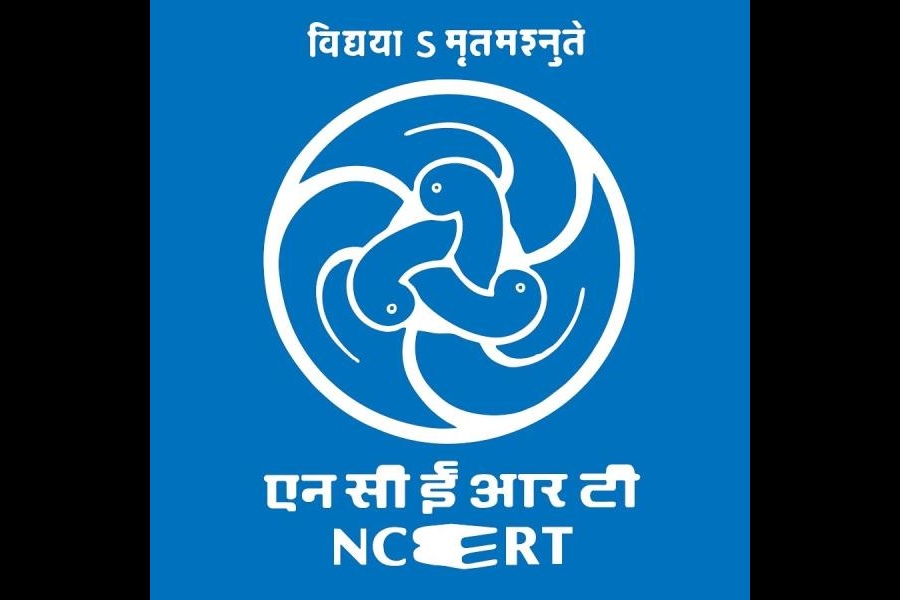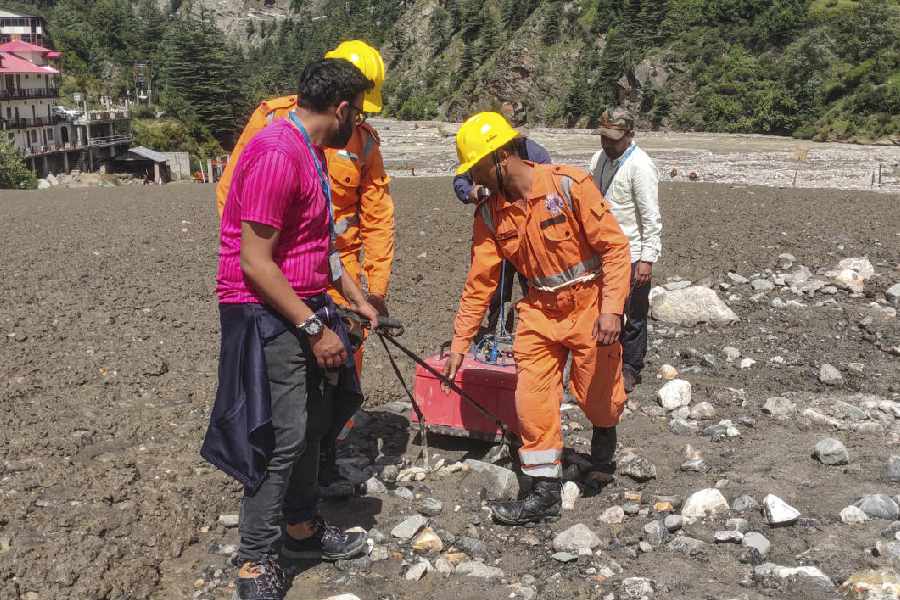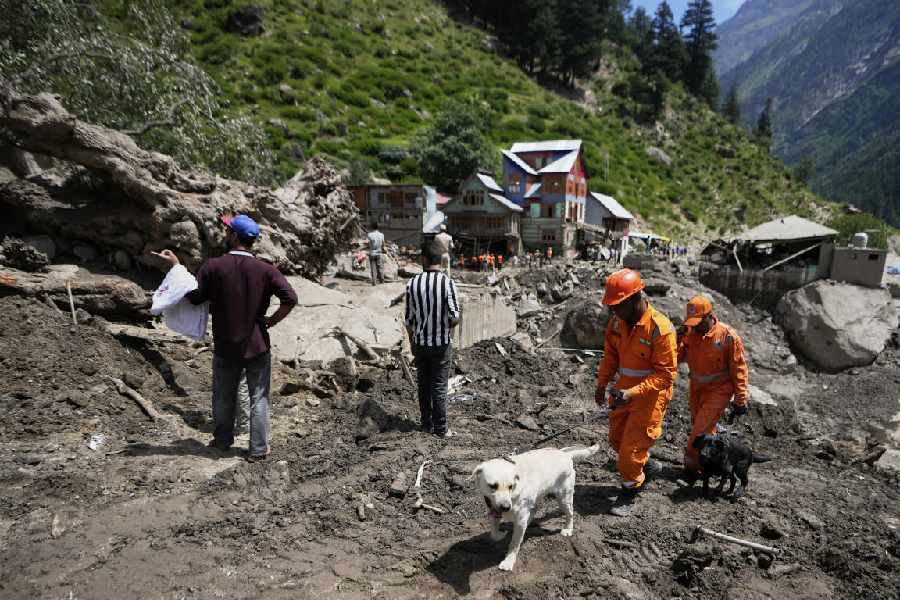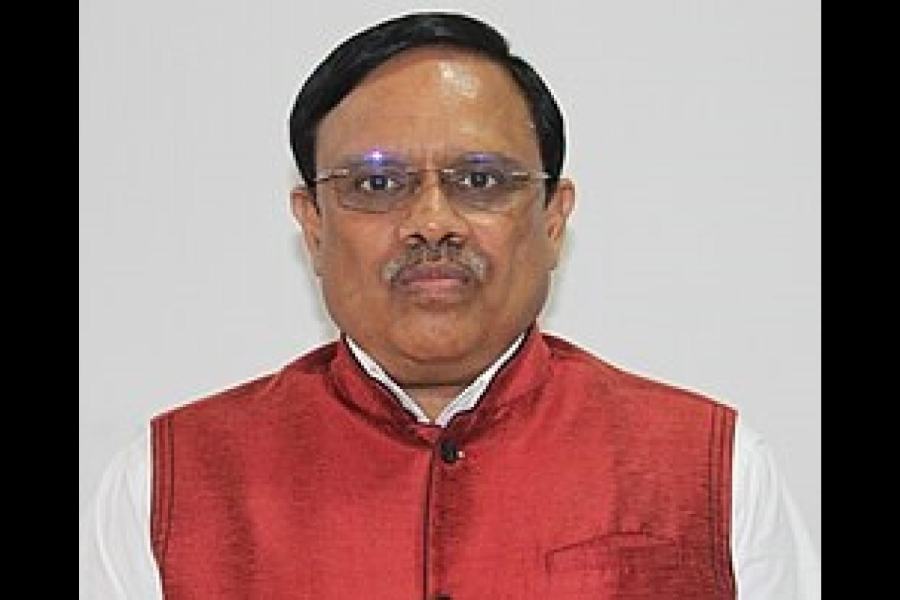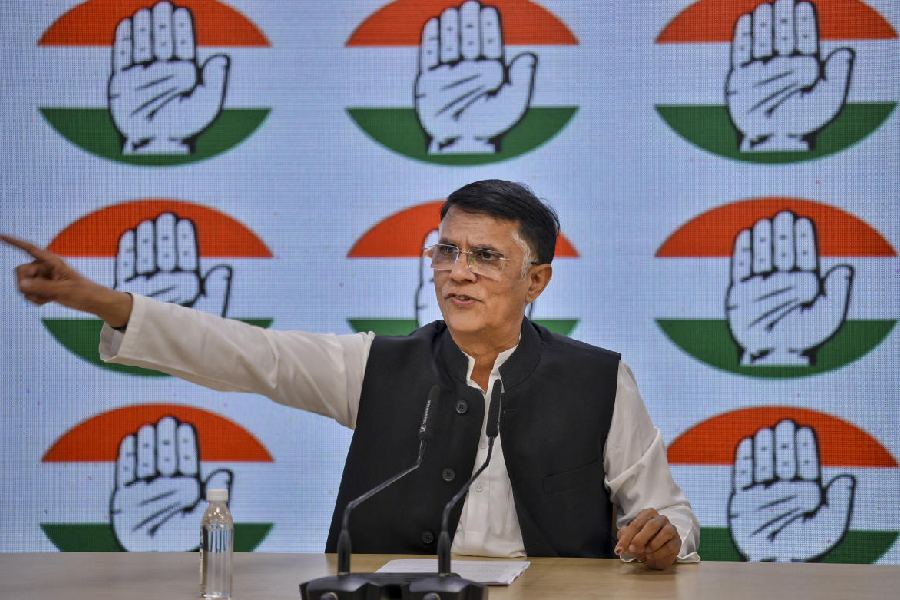 |
With all the hype and focus on Formula 1 (F1), one could be perhaps excused for being under the impression of F1 being the only kind of motorsport in the world. That, however, is far from the truth and the World Rally Championship (WRC) is the prime example of a sport that gets stepmotherly treatment from the media. Yet, if one thinks of it, the WRC is much closer to the average roadie?s car than an F1 car. Indeed, the biggest attraction of rallying is the thought that the competing cars could be anybody?s car being driven in a way no owner normally would. In India, there are Maruti Esteems and Gypsys as well as Suzuki Balenos doing the rally circuit currently, though Ambassadors, Padminis, NE118s etc have all served as rally cars in the past. The WRC, however, is a rather different kettle of fish. Yes, the participating cars include the Citroen Xsara, the Ford Focus, Peugeot 307, Mitsubishi Lancer, Skoda Fabia and the Subaru Impreza. However, WRC cars are all built to a formula ? most are around the 4.3m mark in length, weigh around 1 230kg and are powered by 2.0 litre engines developing around 300bhp.
The 2004 WRC season included 16 events spread over four continents ? Europe, South America, Australia-New Zealand, and Asia. Rallye Monte Carlo, as always, was the start of the season and of course, the oldest and most historically prestigious event of the WRC. Run over twisty alpine roads in very unpredictable weather and road conditions, a competitor here could start a stage in snowy conditions and finish it in perfect weather. Tyre choice can either make or break a driver?s fortune and it was Sebastien Loeb of France who read the conditions right most of all and brought his Citroen Xsara T4 in first ahead of the Ford Focus RS of Estonian Markko Martin and Belgium?s Francois Duval respectively. Former WRC champion Marcus Gronholm of Sweden and Freddy Loix of Belgium came in fourth and fifth respectively in their Peugeot 307s (the Pug), which was making its rally debut.
From fashionable Monte Carlo, it was up north to Sweden next for a frolic in the snow. The Swedish rally is very different from other rallies, being completely snowbound and the cars use special thin tyres with spikes to get a grip on the icy roads. Conditions are tough with temperatures falling well below zero and the route is lined with snow banks, which the cars bounce off in order to keep going straight. In fact, a non-Scandinavian has never won Rally Sweden. That was till 2003. This time around, Sebastien Loeb showed the locals a thing or two by coming in ahead of Gronholm and Norway?s Petter Solberg in his Subaru Impreza, though the top five finishers did include three Scandinavians.
Mexico was next and being a new addition to the WRC schedule, was virgin territory. None of the drivers had ever rallied on these roads and the gravel roads were as difficult or easy for each driver. The Ford Focus RF of Markko Martin came to the fore, as did that of teammate Francois Duval as they finished first and second, less than a minute apart. Next up was veteran Carlos Sainz in his Citroen Xsara T4, the Spaniard being in his final year of competing.
From South America, it was across the Pacific down to New Zealand for another gravel road rally. It was up hill and down dale through the North Island countryside with Petter Solberg leading the way to the finish ahead of Marcus Gronholm and Markko Martin. Four rallies over and three different winners in the WRC while in F1, a certain German driver in a certain Italian team was putting spectators to sleep ? any wonder why WRC is so popular?
Back to Europe next, for what is considered to be a slow event ? Cyprus. The numerous hairpin bends in one of the hottest rallies (the rally cars don?t have air-conditioners) of the year make for very tough conditions. The route takes in mountains though it is headquartered on the coast at Limassol. And it was Loeb back in the picture with a win, finishing 15 seconds ahead of Markko Martin and more than two minutes ahead of Carlos Sainz.
More heat was to follow in the form of the Acropolis Rally in Greece. Not only heat but dust too, as the cars raced over the gravel roads in the Greek countryside. Actually its more boulders and rocks rather than gravel and this leads to many a retirement due to holed radiators or wheels shearing off. Add to that the spectre of dehydration and one gets an inkling of what the Acropolis is all about. The Subaru Impreza of Petter Solberg proved the fittest of all, coming in 18 seconds ahead of Sebastien Loeb?s Citroen. Peugeot?s Harri Rovanpera?s 307 finally made a mark, finishing third ahead of Duval?s Focus RS.
Next up, was Turkey, and the Anatolian mountains. Switched from February to June, the conditions were very different from that of last year ? water splashes, tyre-puncturing rocks and of course, heat. It was Loeb?s Citroen again making the best of both the speed and technical sections to finish first almost half a minute ahead of Marcus Gronholm?s Pug with Solberg behind the Swede.
To be concluded next week
Easy listening
 |
Geeta Chandran, danseuse
When I?m driving around in the city, I listen mostly to the FM channels. Though they play mostly Hindi film songs, I don?t mind that, though I prefer classical-based numbers. I liked some of the songs from Jism a lot, and another of my favourite songs is the Zara zara number from Rehna hai tere dil mein. It has a very catchy tune and I find myself humming it often. I also enjoyed the songs from Devdas.
I watched Shabana Azmi?s Morning Raga recently and the film was as beautiful as its music. It has a number of Carnatic music-based songs and I listened to them incessantly for a while on my car?s Kenwood CD player. When I drive out of city limits, I carry along my tapes and CDs that I don?t get time to listen to at home. While Sufi music is an all-time favourite, my latest passion is Western classical. I?ve been listening to a lot of Tchaikovsky lately as I recently choreographed a dance sequence set to some of his compositions.
AS TOLD TO SHRABONTI BAGCHI





